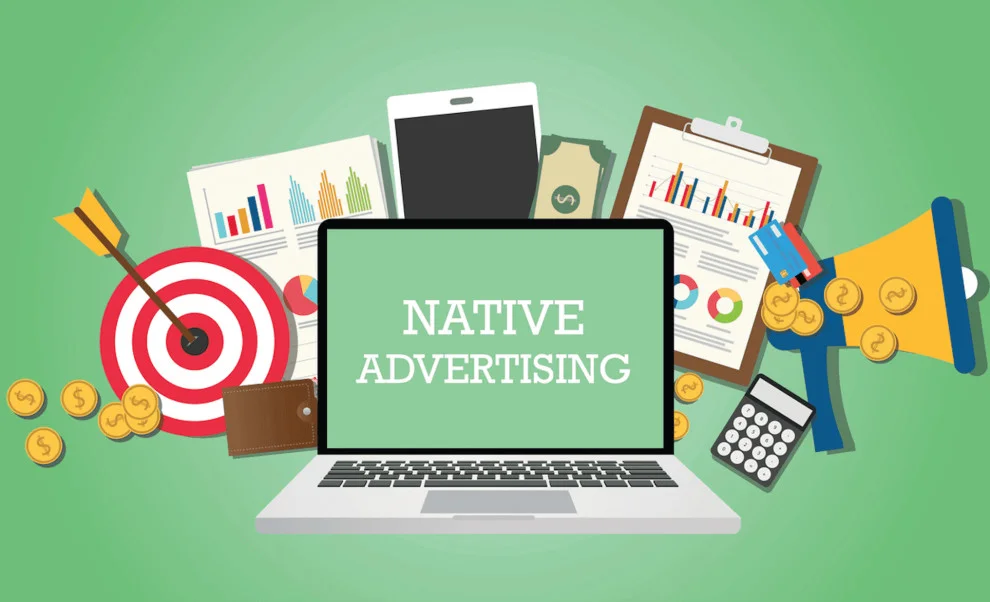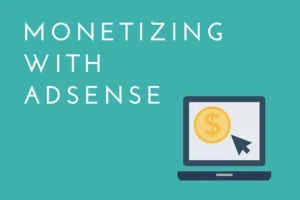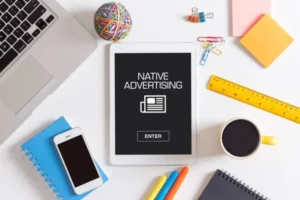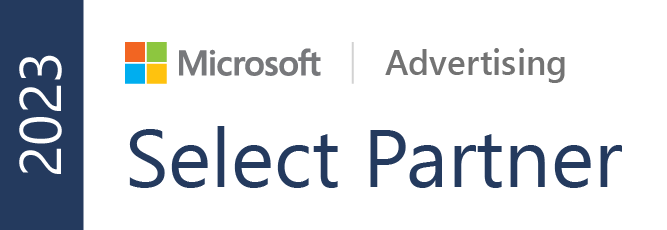Native advertising has become an increasingly popular form of advertising in recent years. It is a type of advertising that blends in with the content and format of the platform where it appears, making it less intrusive and more engaging for the audience. But is native advertising really all good? Let’s take a closer look at the pros and cons of this advertising strategy.
The Pros of Native Advertising
- Increased engagement: Native advertising is more engaging than traditional advertising because it blends in with the content of the platform. This makes it less intrusive and more likely to be clicked on and shared by users.
- Improved targeting: Native ads can be targeted to specific audiences based on demographics, interests, and behaviors. This means that advertisers can reach the right people with the right message.
- Higher ROI: Native advertising has been shown to have a higher return on investment (ROI) than traditional advertising. This is because native ads are more likely to be clicked on, shared, and remembered by users.
- Brand awareness: Native advertising can help increase brand awareness by placing the brand in front of a relevant and engaged audience. This can help build brand recognition and loyalty over time.
The Cons of Native Advertising
- Deceptive: Native advertising can be deceptive because it is designed to blend in with the content of the platform. This can make it difficult for users to distinguish between sponsored and organic content.
- Intrusive: Although native advertising is less intrusive than traditional advertising, it can still be seen as intrusive by some users who do not want to be interrupted while consuming content.
- Ethical concerns: There are ethical concerns surrounding native advertising, particularly when it comes to the disclosure of sponsored content. Some users may feel misled if they do not realize that they are consuming sponsored content.
- Limited creativity: Because native ads must blend in with the platform’s content, there may be limited opportunities for creative expression. This can make it challenging for advertisers to stand out from the crowd.
Conclusion
Native advertising can be a powerful tool for advertisers, but it is not without its drawbacks. While it can increase engagement, improve targeting, and boost brand awareness, it can also be deceptive, intrusive, and raise ethical concerns. Ultimately, whether or not to use native advertising depends on the goals of the campaign and the preferences of the target audience.








